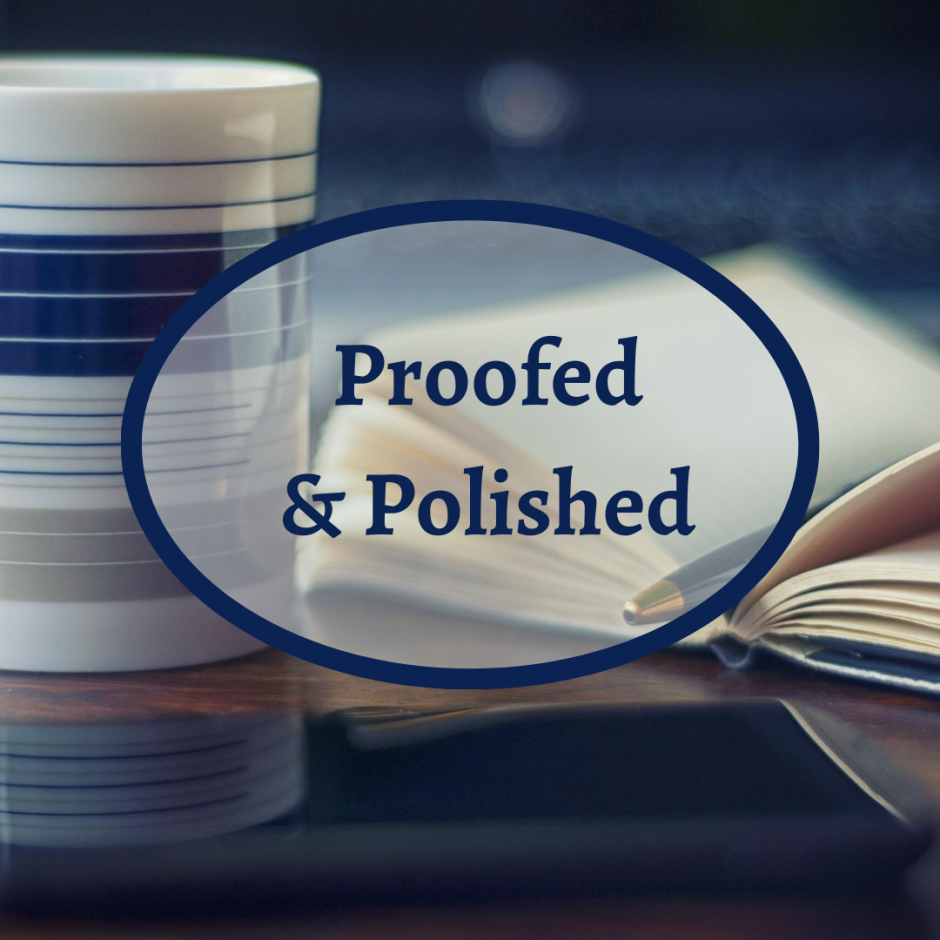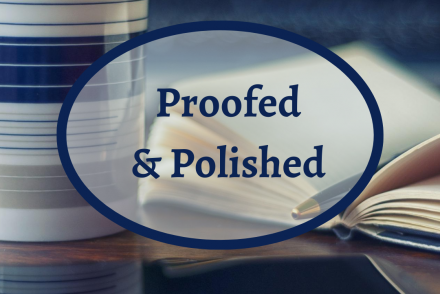Each author has their own unique voice. Likely, you’ve spent a lot of time developing the tone and style that makes your work stand out. When I proofread a paper, I do my best to retain the author’s original voice. I focus on grammar and punctuation, and when I encounter sentences that don’t sound right to my ear, I ask, “Is this a style choice or is this actually wrong?”
One of the trickiest corrections to make has to do with run-on sentences. I see them often. They pop up in all types of writing but especially when someone is trying to explain a process or a complex point of view. Run-on sentences aren’t defined by length alone; you can have a really long sentence that is easily readable. What makes a run-on sentence problematic is when two independent ideas get smooshed together.
Example:
Yesterday I went to the beach with my friends however I prefer to hike or camp.
There are two independent ideas here: narrating action and telling preferences. Read the example out loud. Where do you take a breath? There are ways to make the sentence easier to read.
Break Up with Run-ons
Here are a few ways to fix run-on sentences
1. Add punctuation.
Adding a semicolon or a comma can clear up the sentence easily.
Yesterday, I went to the beach with my friends, however, I prefer to hike or camp.
Yesterday, I went to the beach with my friends; however, I prefer to hike or camp.
2. Divide the ideas.
There are two totally independent bits of information here, so you can write them as two separate sentences.
Yesterday, I went to the beach with my friends.
I prefer to hike or camp.
3. Use conjunctions.
However is already used in this sentence as a conjunctive adverb to connect the two ideas, but you can choose a different conjunction.
Yesterday, I went to the beach with my friends, but I prefer to hike or camp.
Yesterday, I went to the beach with my friends, although I prefer to hike or camp.
Comma Caution
Just because you used a comma in your sentence doesn’t mean that you’re off the hook. Be careful with comma splices. A comma splice is when you join two independent ideas with only a comma.
Example:
My dog barked like crazy, I knew the mail had arrived.
You have two choices here. You can write the sentences independently, or if you want to keep them linked, add a conjunction that makes sense. Since this is a “cause and effect” sentence, I would use “and” or “so”.
My dog barked like crazy, and I knew the mail had arrived.
My dog barked like crazy, so I knew the mail had arrived.
What About You?
Do you find yourself writing long sentences? Do you ever run into run-ons? Try these ideas:
- Keep your sentences to about fifteen words.
- Count the number of lines per sentence.
When I corrected papers for my students, if I read three typed lines and hadn’t seen any punctuation, I stopped reading and scanned to find the closest period or comma.
- When you find your punctuation, go back and reread, preferably out loud.
- Check to see if you’ve combined any independent clauses that need to be separated by punctuation or conjunctions.
- Remember, length alone isn’t necessarily a problem, though it can be.
Your goal is to make sure that the reader doesn’t lose your train of thought. Ask yourself if the readability would increase if you clipped the sentences.

Dayna Betz is a full-time freelancer providing proofreading and editing services to help writers put their best foot forward. She also enjoys reading and writing book reviews. Head over to her site to learn more: https://betzliterary.com.



 We love helping your growing in your writing career.
We love helping your growing in your writing career.

No Comments